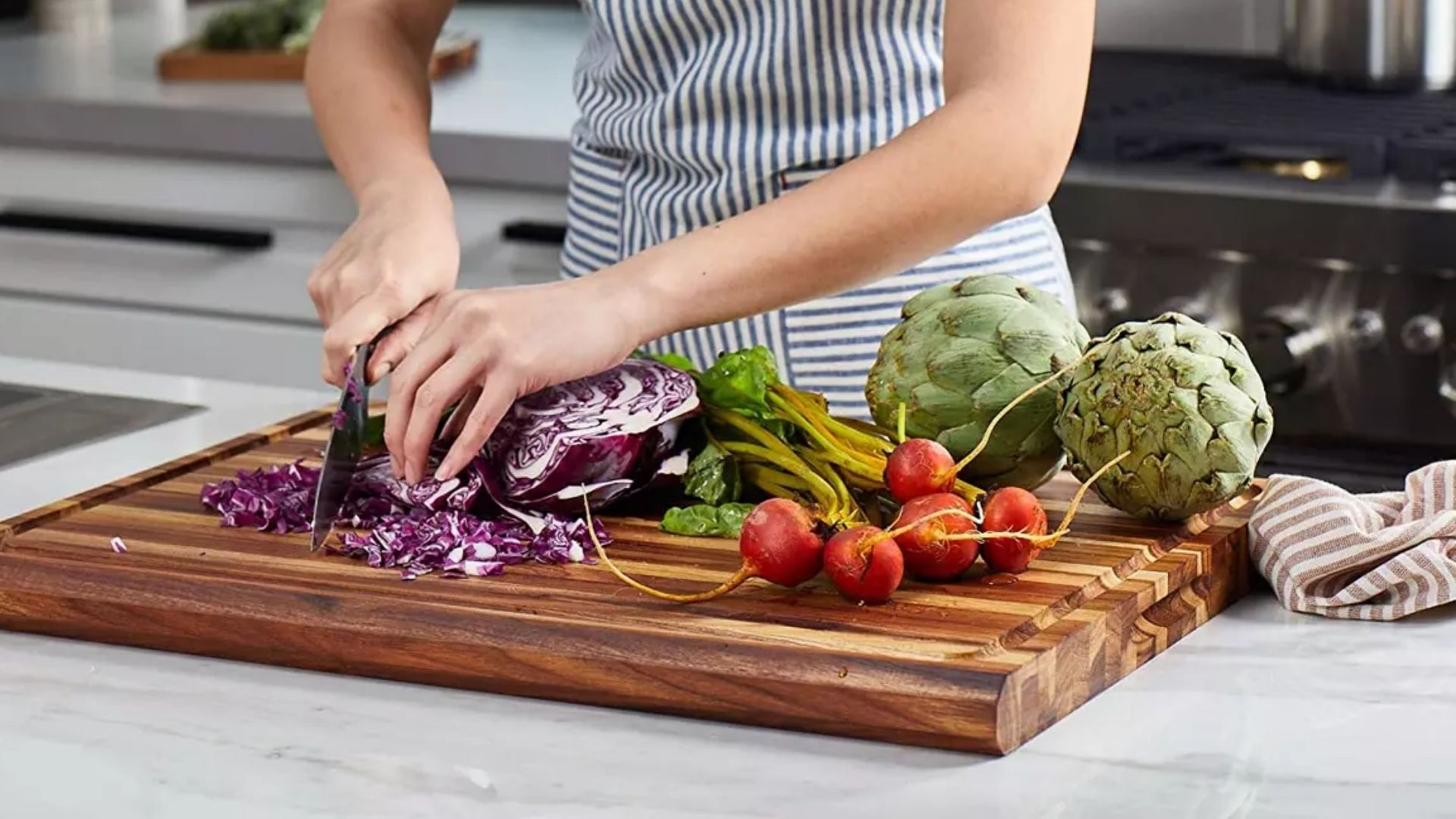How to Make a Live Edge Cutting Board: Beginner's Guide
Written By James Morgan
If you are a barbecue enthusiast looking for ways to elevate your presentation, knowing how to make a live edge cutting board can be an incredibly rewarding project. The unique charm of live edge boards adds a touch of nature to your kitchen or BBQ setup. In this comprehensive guide, we'll help you craft your own stunning live edge cutting board in just a few steps.

Materials and Tools Needed
Before we get started, gather these materials:
- Live edge wood slab (maple, walnut, or cherry are good choices)
- Wood glue
- Clamps
- Mineral oil
- Orbital sander
- Various grits of sandpaper (60, 120, 220)
- Food-safe finish
Having the right tools and materials is crucial for a successful project. Make sure you also have a clean, spacious workspace where you can easily maneuver your wood slab.

Step-by-Step Instructions
Step 1: Selecting Your Wood
The first step in making a live edge cutting board is choosing the right piece of wood. Remember to select a wood species that is food-safe and durable. You might want to explore options like walnut, maple, or cherry due to their hardness and aesthetic appeal.
Step 2: Preparing the Slab
Once you have your wood slab, you need to clean it properly. Scrape off any bark or loose material using a scraper. Using an orbital sander, smooth out the surface. Start with 60-grit sandpaper to remove any rough areas and work your way up to finer grits for a smooth finish.
How to glue up a cutting board
Step 3: Cutting and Shaping
Use a jigsaw to cut the slab to the desired shape and size. This step lets you customize the look and feel of your cutting board. Make sure to follow the natural contours of the wood to maintain that authentic live edge look.
Step 4: Gluing Cracks and Sanding
If your wood slab has any cracks, apply wood glue and clamp it until the glue dries. After that, sand the edges and the surface until they are smooth to the touch. This process removes imperfections and prepares the wood for finishing.
Step 5: Finishing
Apply a food-safe finish such as mineral oil. The finish should be applied in generous amounts and left to soak in overnight. Wipe off any excess oil the next day. This not only makes your cutting board look appealing but also adds a protective layer that extends its lifespan.

Maintenance Tips for Your Live Edge Cutting Board
Regular Oil Application
Regularly apply a coat of mineral oil to keep the wood hydrated and well-maintained. It prevents the wood from drying out and cracking.
Cleaning
Hand wash your cutting board with warm, soapy water instead of putting it in the dishwasher. The high heat and moisture of dishwashers can damage the wood.
For more detailed advice, check out Cutting Board Care.
Storage
Store the board in a cool, dry place when it's not in use. Avoid placing it near heat sources like stoves or ovens.
Faqs
What Is the Best Wood for Live Edge Cutting Boards?
Woods like maple, walnut, and cherry are great choices due to their hardness and durability.
Should I Sand Both Sides of the Board?
Yes, sanding both sides of your live edge cutting board ensures a smooth finish and helps maintain the wood.
How Often Should I Oil My Cutting Board?
Depending on use, you should oil your cutting board once a month to keep it in top condition.
As an Amazon Associate, I earn from qualifying purchases.



